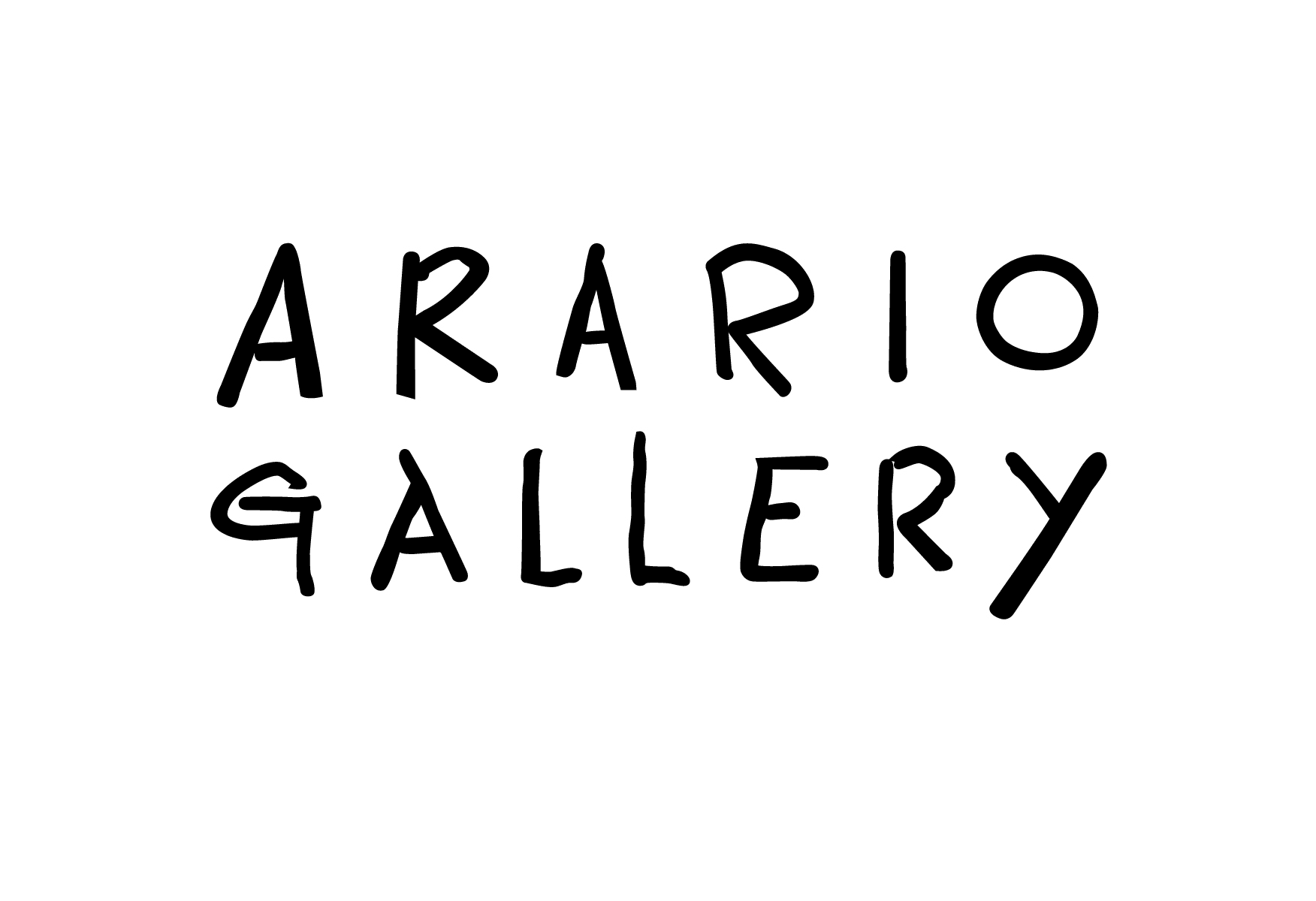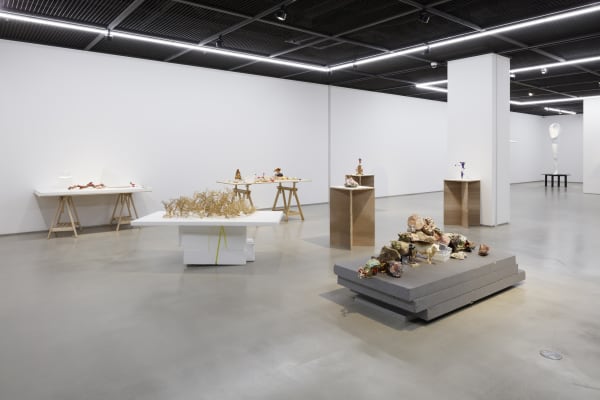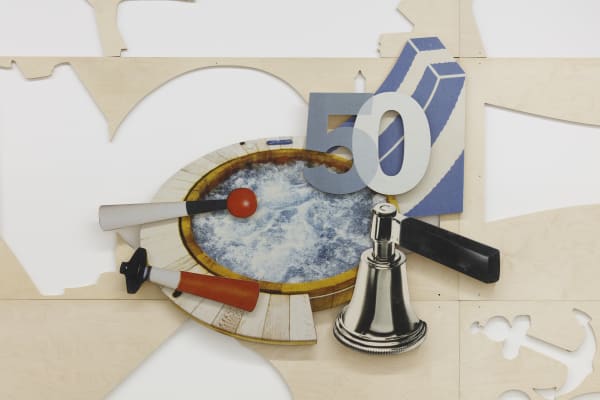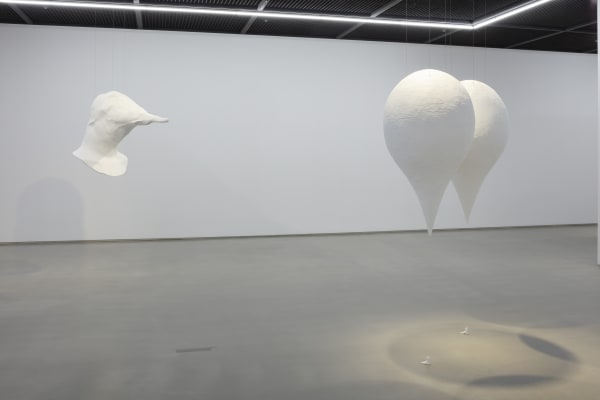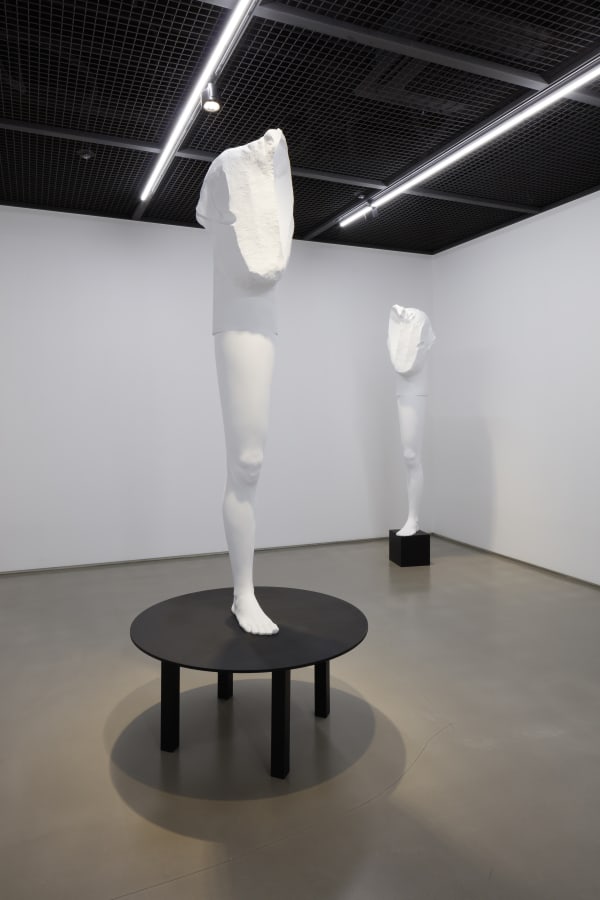Endless Column: GWON Osang, KIM Inbai, LEE Dongwook: RYSE HOTEL
ARARIO GALLERY presents Endless Column, a three-person group exhibition by sculptors Osang GWON(b.1974), Inbai KIM(b.1978), and Dongwook LEE(b.1976), on view from December 20 to March 3, 2019. The three sculptors have long attracted attention by continuously expanding the limits of sculpting language by presenting novel visual-perceptual methodologies. The exhibition is an attempt to connect their recent works to the paradox of ‘endlessness.’ The title pays homage to Brancusi (1876-1957) and gestures to his work the Endless Column, which became the foundation of contemporary sculpture. Its referential reach extends the title beyond the three artists’ work toward the larger paradox of contemporary artists’ desire for and obsession with the idea of ‘infinity,’ catalyzing further reflection on the infinite range of possibilities.
’Infinity,’ alongside ‘absolute nothing,’ is an abstract, man-made concept. The allure of infinity may be attributed to the uncanny disjuncture between the impossibility of quantification and the futile yet irresistible impulse to quantify nevertheless. Infinity, in its transcendence of human vision and consciousness, is an act of boundary-crossing, and new possibilities. Infinity gives rise to and is thereby exposed as countless possibilities through ‘paradoxical’ propositions. As seen in Zenon’s paradox of the tortoise and Achilles, paradoxes refer to logical arguments that pass scrutiny and prove to be true despite their absurdity. In the realm of art, the paradox of infinity is a magical language that endows meaning to all absurd attempts to account for the incalculable. The three participating sculptors illuminate the artistic significance of infinity in its instantiation within sculpted spaces by showing how and in what kinds of modality symbols of infinity, carved out of finite measures, could be transferred.
Osang GWON, constantly re-delineating the boundaries of sculpture, introduces his ‘Mass Patterns’, ‘Relief’, and ‘Mobile’ series. His ‘Mobile’ work is an homage to Alexander Calder(1898-1976)’s mobiles and early circus works, and a piece that liberates flat planes of sculpture from the mass and even the pedestal, leaving them free to roam the open space. By amplifying the mobile’s size and inviting the viewers to experience the piece in greater proximity as they wade through, GWON tries to redefine sculpture as the art of creating space. The ‘Mass Patterns’ series presents his own photograph-sculpture of the Brancusi pedestal, repositioning it as the work in and of itself; this in turn is positioned atop yet another pedestal, realizing Osang GWON’s unique mode of sculpted infinity, based on the destruction of customs and ironic allocations as he starts with the two-dimensional medium of photography to expand three-dimensionally.
Dongwook LEE’s works are the most realistically grounded of the three artists. His choice of medium or method of expression are drastically private and lean toward his personal life and taste, but his work often contains serious observations of the individual in modern society’s struggle to get through daily routine, or act as a critique or accusation of reality. His cynical and distanced gaze is filtered through humor and wit, but the content is always serious, and even grave at times. In the exhibition, LEE intentionally presents a range of new works, comprehensively showcasing his styles and approaches from the past decade. Through human figures, residues, traces that are meticulously positioned amongst humanoids made of Sculpey, trophies, rock collections and other items, LEE offers a calm portrait of the eternal return – alienation, balance, division, and isolation as they arise from the indivisible relationship between humanity and its society.
Inbai KIM adheres to his signature style of disturbing the axis of perspective, focusing more on the story of ‘Count.’ The work Count tells about his own interpretations of counting through an ambiguous entity comprising a small pair of feet attached to a large, swollen body that may or may not be of two, and a head that looks upon these parts, in combination with the work Things Modeled on 2, which features two heads connected to a pair of legs, seemingly modeled on one other. KIM’s creatures may appear to fall in line with the traditional emphasis on mass and space in sculpture, but they are all misfits, out of sync in some way or another. The absurd and inconsiderate masses he presents point to the paradoxical possibility of infinity, a logical labyrinth that can be physically instantiated as in the case of Zeno’s tortoise and Achilles but cannot be untangled by logic, densely divided into myriad elements such as dots, lines, and planes, different dimensions, and various perspectives.
